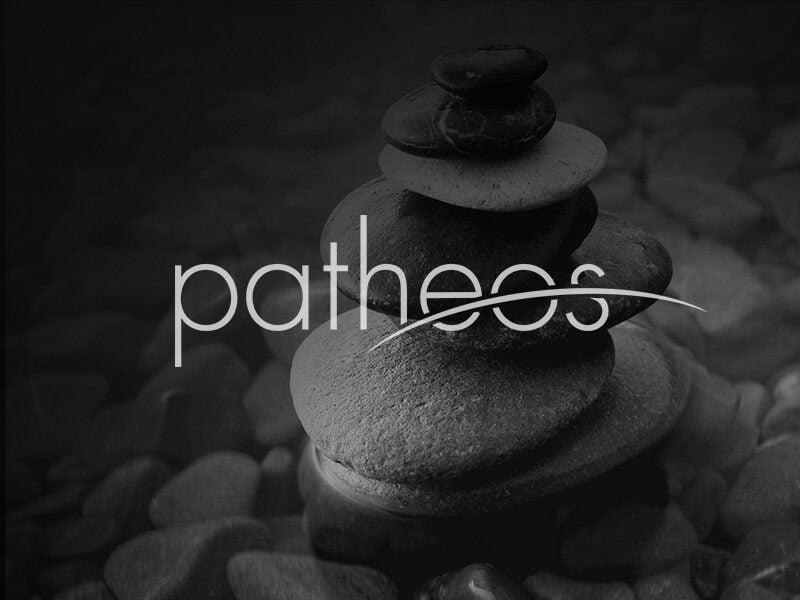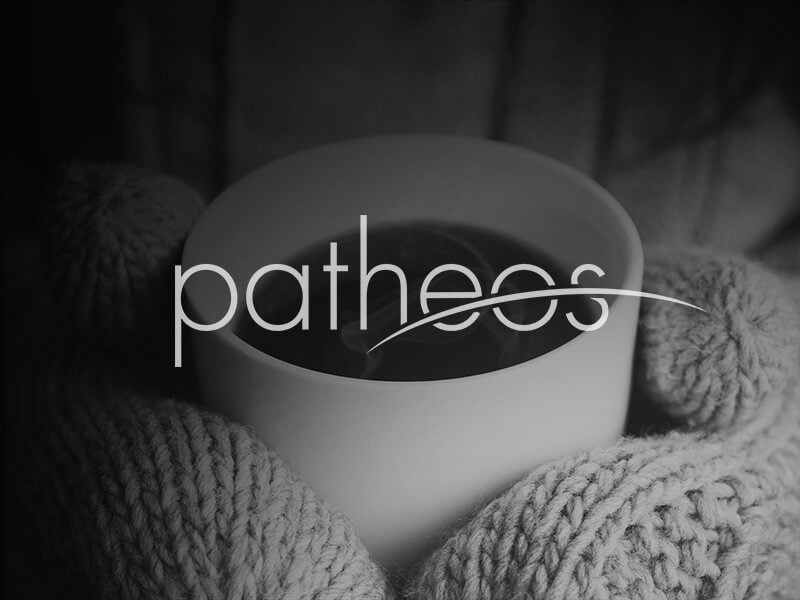Happy All Saints Day! I’ll be staying home with a cold, thank you. Which is why we want to talk about the super-novena that begins today and finishes up for Christmas.
Here’s the story: I stink at praying. I used to be okay at it, but real life kicked me in the rear, and I’m not one of those people who takes every trial as an opportunity to watch less TV so they can pray even more.
If, to take last night’s example, my throat is painful to the point of distraction, this does not make me want to silently mouth five decades of offered-up-suffering. It makes me want to watch cheesy foreign romantic comedies. And in my delirium, I even persuade myself that at least I’m gaining insights into the universal quest for a life of love as lived out in the vocation of holy matrimony. Actually I’m just watching a bad movie, but I’m good at telling myself things.
There are some other things I stink at, and sticking to a schedule is one of them. The good news is that if a child of mine wakes up in the middle of the night with a stomach virus, I can roll with it. The thought of tomorrow’s schedule being totally wrecked doesn’t bother me all that much. But if I want to do something on a repeated, consistent, scheduled basis, the reliable way to make that thing happen is to cause someone else to enforce the schedule.
Show me someone who’s good in a crisis, and I’ll show you someone who knows how to nap on the floor of an airport. That’s a skill you develop by years and years of dedicated not going to bed on time.
Meanwhile, here I am, person who is supposed to be praying the rosary every day. There are good reasons for this (read the story), and one of the reasons, in addition to the copious graces that flow from that devotion, is that it allows the Legion of Mary to create a betting pool in the month before their annual phone call to see if I’m still on board. (Inside tip: Smart money says that I’ll find some way of carefully stating that I’m still doing my auxiliary thing, but without falsely creating the impression I’m any good at it. I think maybe my primary role in the Legion is to amuse the other members with my annual explaining of myself to the lady who sends out the birthday cards.)
I am also a person who wants to have a schedule. I want to be one of those rule-of-life people. I fully understand the need, in family life, for some kind of order and predictability.
And thus lately my prayer life has failed, and I think it’s because I’ve gotten not just lazy, but also too advanced or myself. To recap:
- I’m a master of excuses for not praying.
- I stink at sticking to a schedule.
- My life is nuts. I keep pretending it’s not, but really it is. It just is.
- But I keep trying to pray on a schedule.
This is a bad combination. Thus the kick I needed to day was this post on the 54-Day Miraculous Novena. Because of this:
Since it wasn’t realistic to find a solid 20 minutes every day, I squeezed pieces of the Rosary into whatever time slot I could find. I said a decade when I was making coffee and packing the lunches. I said another while waiting for colleagues to gather for a conference call at work. I fit one in while waiting in the pick-up line at school and said another while I was doing the dishes.
I needed the double-kick of a friend pointing out that if you begin the 54 days on All Saints, it finishes up Christmas Eve. There’s a Facebook group for that. Even though I have no reason to think I’ll quit after Christmas (barring some weird divine intervention*), I found that I needed the idea of just sticking to it for 54 days, no excuses, as a focus. If you can’t be good for the rest of your life, at least you could hold it together until Christmas?
***
But if you are reading this after the first, don’t think your chance has passed. One of the beauties of being Catholic is that we live feast-to-feast. So if you start on the 2nd, consider the Novena from All Souls to St. Stephen’s Day. If you start on the 3rd, It’s St. Martin de Porres (master of prayer, I’d observe) to the feast of the Holy Family. Start on the 4th, St. Charles Borromeo (patron of seminarians, among others) to Holy Innocents. You can’t go wrong. Every 54 days has just the thing you need.
Meanwhile, for inspiration my friend Kat Fernandez posted some super collections of Rosary Art during October. It’s like she was setting the stage for us.

Photo: Antique Rosaries [Public Domain] via Wikimedia.
*Ha. As if. C’mon, who are we kidding? Like God is really going to ask me to stop praying the Rosary? I don’t think so.




















